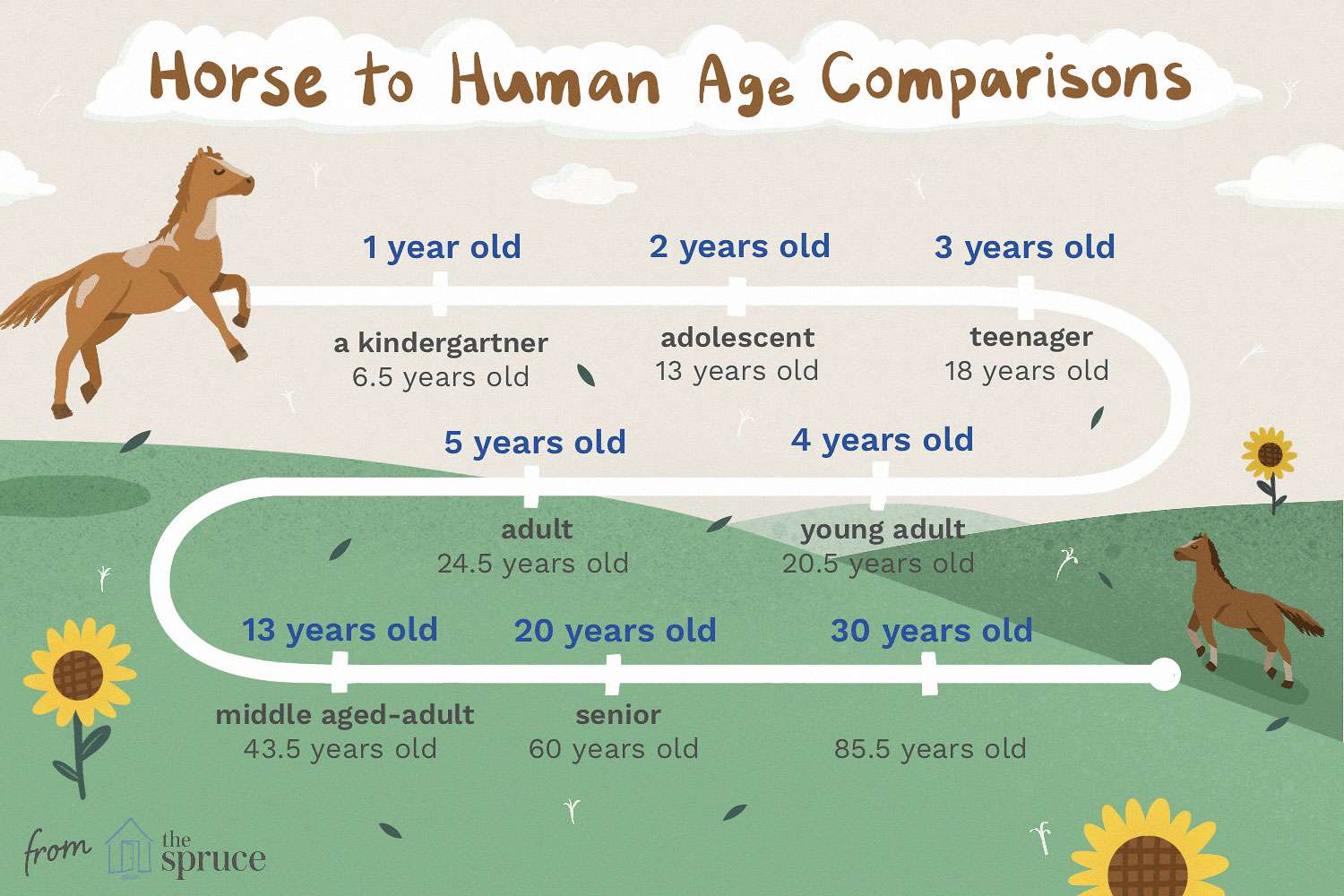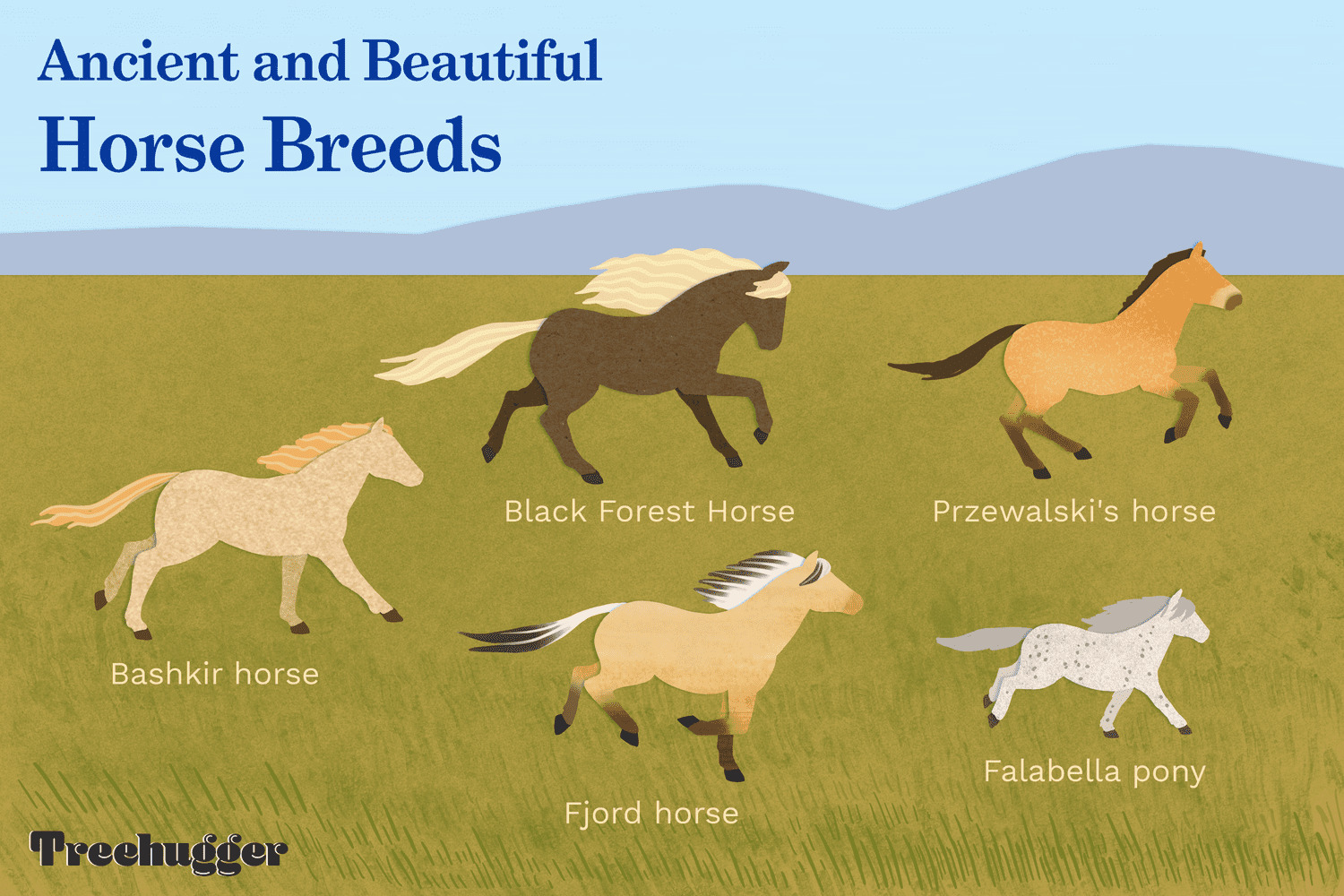As the thrill of horse racing captures the hearts of many, a fundamental question arises about the athletes at the center of this sport: the racehorses. Their graceful gallop and muscular physique are not just for show; they are vital characteristics that influence their performance on the track. So, how much do these equine sports stars weigh? This question is not just of interest to racing enthusiasts but also to those involved in the care and management of these animals.
Typically, race horses weigh within a certain range, which is influenced by their breed, age, and height. Here’s a quick overview:
- Thoroughbreds, known for their speed, generally weigh between 900 and 1,200 pounds.
- The average weight of a mature five-year-old Thoroughbred is about 1,256 pounds.
- During intense physical activities such as a one-mile race, a racehorse can lose over 50 pounds, which is up to 5% of its body weight.
Insights into Equine Athletic Physique

Understanding the physical dynamics of equine athletes is crucial for grasping their performance capabilities. A critical aspect of a racehorse’s fitness is achieving the right balance between powerful muscle mass and swift agility. It’s this balance that distinguishes a truly exceptional racehorse and underscores why knowledge about the weight of these animals is indispensable for their management and conditioning.
Factors Influencing Racehorse Weight
Different breeds present a spectrum of weights, with each breed bringing its unique characteristics to the track. For instance, the compact and muscular Quarter Horse typically falls within a weight spectrum slightly heavier than Thoroughbreds, whereas Arabians are recognized for their lighter build. Understanding these breed-specific traits is vital for assessing and managing a racehorse’s optimum physique.
Monitoring Equine Weight
For Thoroughbreds, the ideal weight hovers around the 1,000-pound mark, embodying a balance between endurance and velocity. However, it’s common for their weight to vary due to factors such as conditioning level and training phase. Consequently, trainers are tasked with continuously monitoring these variations to ensure the horse remains at its competitive best.
The Power Behind a Racehorse’s Build
A racehorse’s weight is indicative of the power packed within its muscular frame, essential for the burst of speed needed during races. Some of the most elite racehorses can reach weights approaching 1,200 pounds, highlighting the impressive physical stature that contributes to their performance on the track.
Diverse Weights Among Breeds
- Quarter Horses: 1,000 – 1,300 pounds – Suited for quick sprints.
- Arabians: 800 – 1,000 pounds – Excel in endurance and dexterity.
Weight Management Through Training
Customized training programs are imperative for optimizing a racehorse’s weight, focusing on enhancing stamina, muscle tone, and overall body composition. These training regimens are carefully tailored to ensure the horse remains within the ideal weight bracket, ready to excel when it matters most.
Adapting to Seasonal Weight Changes
Racehorses may experience weight shifts due to seasonal temperature variations. For instance, during winter, increased caloric intake can lead to weight gain, while summer may result in a reduced appetite and potential weight decrease. Trainers must be attentive to these changes and adjust their care routines to sustain the horse’s weight within the preferred range for racing.
Optimizing Thoroughbred Horse Weight

For the well-being and competitive edge of a thoroughbred, understanding the myriad of factors that play a role in their weight is essential. It’s a complex interplay between their natural predispositions and the regimented training they undergo. The expertise of both owners and trainers is crucial in fine-tuning these aspects to craft an exemplary racehorse.
Inherited Traits and Their Impact
Each horse’s genetic makeup sets the framework for its potential size and strength. These inherent qualities must be acknowledged when devising a personalized plan for their training and nutrition, ensuring their body composition is optimized for their specific racing needs.
The Role of Gender in Equine Weight
Differences between stallions and mares extend to their physicality, with males generally showcasing greater muscle mass. These distinctions, along with the varying hormonal influences, particularly in mares, necessitate a tailored approach to their weight management to keep them in prime racing condition.
Adaptations to the Environment
The climate in which a horse is trained and stabled can significantly influence their caloric requirements and, subsequently, their weight. The balance of their diet must be responsive to the environmental conditions they face, ensuring their bodies are aptly supported through the seasons.
Physical Health and Its Effects
Unanticipated weight fluctuations can often be attributed to health issues ranging from nutrient absorption problems to dental distress. Vigilant veterinary care is critical to prevent or address these concerns promptly, maintaining the horse’s health and competitive form.
Mental Health and Stress Management
A racehorse’s psychological state can also impact their physical well-being. Maintaining a consistent and calm atmosphere is instrumental in supporting their mental health, which in turn aids in managing their weight effectively.
Exercise Balance and Recovery
A thoroughbred’s training regimen is a delicate balance between exertion and recovery. Careful calibration of their activity and rest, in conjunction with appropriate nutritional adjustments, is key to preventing undesirable weight changes.
Influence of Supplements and Medications
Finally, the use of performance supplements and necessary medications must be carefully managed, as they can have significant effects on a horse’s weight. Awareness and appropriate use of such interventions are pivotal in maintaining the delicate equilibrium of a racehorse’s health and weight.
By considering these diverse elements, those who oversee the care of thoroughbreds can maintain an ideal weight for these equine athletes, facilitating their success on the racetrack and ensuring their overall health and stamina are sustained.
Optimizing Performance Through Weight Management

Recognizing the pivotal role of weight in the performance of racehorses is essential. This critical factor not only influences their agility and pace but also serves as a gauge for their overall well-being and physical condition. Effective weight management can often tip the scales towards a winning performance, and a racehorse at its ideal weight embodies the epitome of athletic prowess. Precision, ongoing evaluation, and an in-depth appreciation of each horse’s unique needs are the cornerstones of successful equine weight management.
Weight’s Influence on Racehorse Mechanics
A racehorse’s mass is intimately connected with its racing mechanics, affecting the center of gravity, stride, and energy usage during a race. While a heavier horse might benefit from a longer stride, the additional weight could lead to faster exhaustion. Alternatively, lighter horses often excel in acceleration but may lack the endurance necessary for more extended races. Thus, achieving a weight that harmonizes with a horse’s intrinsic racing style and stamina is an art form integral to the sport.
Weight as an Indicator of Equine Health
Fluctuations in a racehorse’s weight can signal health concerns, with rapid weight loss potentially indicating underlying medical issues. Conversely, weight gain might suggest insufficient exercise or dietary imbalances. Ongoing health assessments and vigilant weight tracking are critical to ensuring a racehorse’s readiness for competition.
Genetic Considerations in Weight Management
A horse’s pedigree informs its optimal racing weight. Variations in bone structure, muscle mass, and other hereditary characteristics influence weight and thus dictate a horse’s specific nutritional and training requirements.
Proactive Weight Management Strategies
- Diet Adjustments: Aligning a horse’s caloric needs with its energy output is fundamental, particularly in relation to its training and race schedule.
- Custom Exercise Routines: Building endurance, enhancing muscle strength, and managing excess weight are achieved through personalized training programs designed with each horse’s weight targets in mind.
- Consistent Weight Assessments: Regular monitoring allows for prompt adjustments to diet and exercise, ensuring the horse maintains its ideal racing weight.
Track Conditions’ Effect on Weight
Diverse track surfaces can affect a racehorse’s performance in relation to its weight. Softer terrains may challenge heavier horses, while lighter horses may find them easier to navigate. Harder tracks might benefit a more substantial horse by providing better traction. Trainers must consider these aspects when preparing horses for varying track conditions.
Weight Regulations in Competitive Racing
Weight allowances and penalties are common regulatory measures in horse racing to ensure fairness among competitors. These rules reflect the importance of weight in the sport and how it can influence the result of a race.
Advancing Racehorse Weight Assessment Techniques

Comprehensively understanding and managing a racehorse’s weight is integral to their health and performance. The evolution of weight assessment from traditional judgment to advanced technological systems allows for more refined management of equine athletes. This article explores the various methods utilized to ensure a racehorse is maintained at its ideal weight for peak performance.
Evolution of Weight Assessment Methods
While intuition once played a considerable role in estimating equine weight, the competitive nature of horse racing now necessitates more precise measurement techniques. This shift has led to a more systematic approach to weight determination.
Efficiency of Weight Tapes
A weight tape is a staple tool for quickly estimating a horse’s weight. This method, while convenient, offers only a rough calculation and can be influenced by the handler’s technique and the horse’s unique body composition.
- Pros: User-friendly, affordable, and easily transportable.
- Cons: Potential for inaccuracy and inability to capture individual nuances.
Detailed Measurements with Equine Scales
To achieve the precision required in the racing industry, utilizing professional equine scales is essential. These scales deliver definitive weight figures critical for the meticulous planning of a racehorse’s dietary and exercise needs.
- Varieties: Both platform scales and walk-on weighbridges are used.
- Advantages: They produce reliable data for thorough health and performance evaluation.
Enhancing Insights with Body Condition Scoring
Body condition scoring (BCS) acts as a supplementary measure to weight, providing a subjective analysis of a horse’s fat and muscle composition. This visual and tactile examination helps in discerning if a horse possesses the ideal physical condition for competition.
Benefits of BCS:
- Non-intrusive and executable without complex tools.
- Reveals comprehensive health and fitness indicators beyond simple weight metrics.
Emerging Technologies for Weight Estimation
Recent technological breakthroughs have introduced novel approaches to estimating a racehorse’s weight. These methods enable a detailed analysis of muscle and fat distribution, enhancing the overall accuracy of the weight management process.
| Innovative Technique | Strengths | Considerations |
|---|---|---|
| Infrared Imaging | A non-invasive way to detect thermal patterns correlated with body composition. | Interpretation may necessitate specialized knowledge. |
| 3D Body Imaging | Produces an exact 3D model for comprehensive body mass and weight analysis. | Generally costlier and less mobile compared to traditional methods. |
Addressing the Complexities of Weight Measurement
Accurately determining a racehorse’s weight involves overcoming several challenges, such as the horse’s temperament and environmental conditions that can influence scale accuracy. Professionals must employ best practices to circumvent these obstacles and achieve precise results.
Optimal Measurement Practices:
- Ensure a tranquil setting for weighing to keep the horse at ease.
- Regularly calibrate measuring devices to maintain data integrity.
- Consistently record weights under similar conditions, preferably before the horse has been fed.
The careful monitoring and recording of a racehorse’s weight is a multifaceted endeavor that melds time-honored expertise with innovative technology. By accurately measuring racehorse weight, those responsible for the horse’s care can fine-tune their approach, promoting health and increasing the likelihood of racing success.
If you’re delving into the equine world, you might be curious about various aspects of horse ownership and horse-related facts. While you’re exploring the topic of “How Much Do Race Horses Weigh”, you might also find yourself interested in other horse-related subjects. For instance, you could be considering the costs associated with buying a racehorse. In that case, our article on how much thoroughbred horses cost could provide valuable insights. Or perhaps you’re planning to transport your horse, and the weight of the transport vehicle is crucial information; our detailed guide on how much a horse trailer weighs is a must-read. And if your interests extend beyond racehorses to other breeds, our article about the weight of one of the largest horse breeds might catch your attention; find out how much a Belgian horse weighs in our comprehensive piece. Whatever your equine inquiry, we’ve got the information you need.
Weight Management Strategies for Racehorses

Optimizing Diet for Ideal Weight
Optimizing a racehorse’s diet is key to maintaining their ideal weight. This requires a balanced intake of forage, grains, and supplements, tailored to each horse’s specific needs and activity levels.
Recognizing and Addressing Weight Loss Concerns
Weight loss in racehorses can signal underlying health issues. It’s essential for caretakers to recognize the signs and address potential problems, whether they be dietary, disease-related, or due to other factors like stress and environmental changes.
In conclusion, the weight of racehorses is a factor that cannot be overlooked when it comes to their performance and well-being. From the sleek Thoroughbred to the robust Quarter Horse, each breed carries a weight suited to its racing prowess. By understanding the factors affecting racehorse weight and implementing effective weight management strategies, trainers and owners can help ensure their horses are in peak condition for the races ahead, exemplifying the prowess and elegance that make horse racing a sport of kings.



